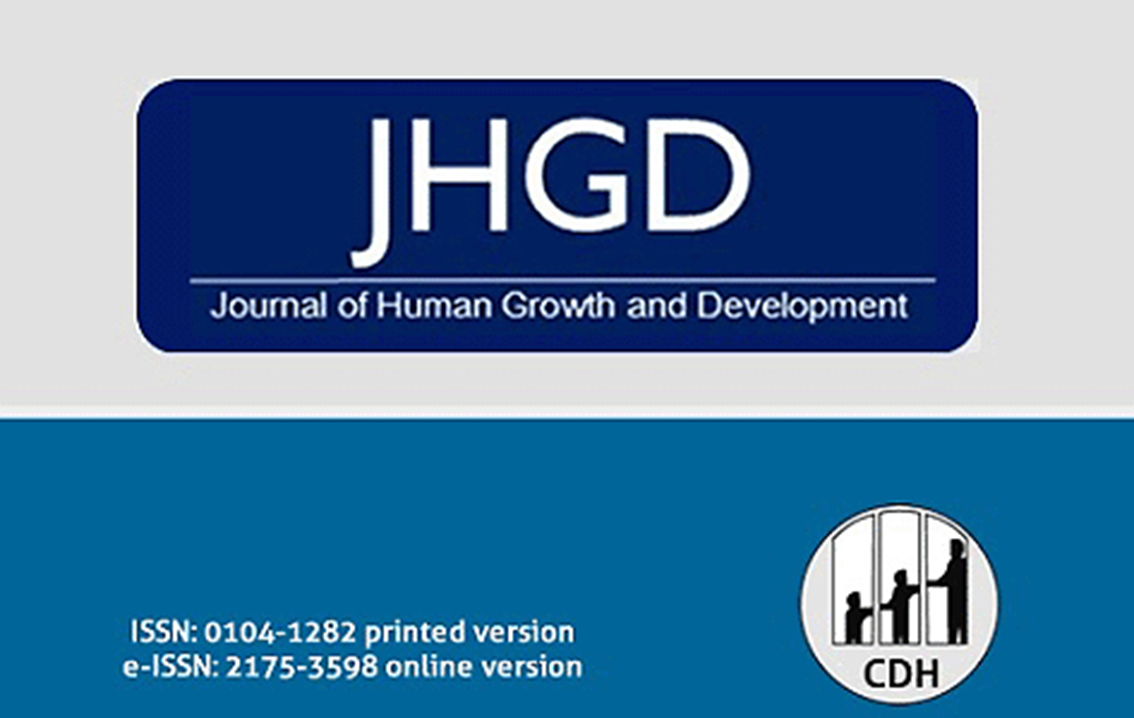Research methodology topics: Cohort studies or prospective and retrospective cohort studies
DOI:
https://doi.org/10.7322/jhgd.v29.9543Keywords:
Cohort, Longitudinal Study, Follow-upAbstract
In health sciences, the epidemiological method can be divided into descriptive and analytical epidemiology and the latter being divided into observational (cross-sectional study, case-control study and cohort study) and experimental studies. Cohort studies may be retrospective or prospective, and both assume that the researcher will follow a population over time to seek a possible association between exposure (s) and outcome(s). These types of studies have as advantages the possibility of measuring several exposure factors and outcomes, both primary and secondary, for both relatively frequent outcomes and rare exposure factors. However, they are often long and therefore expensive studies. They have as main biases those of selection, memory and information. These are studies that may point to statistical associations between exposure and outcome that need other models to prove the casualty of these associations.
Downloads
References
2. Galvão TF, Pereira MG, Silva MT. Saúde baseada em evidências. Guanabara Koogan, 2016.
3. Merril RM. Introduction to epidemiology. 5th ed. Jones & Bartlett Publishers, 2010.
4. Zangirolami-Raimundo J, Echeimberg JO, Leone C. Research methodology topics: Cross-sectional studies. J Hum Growth Dev. 2018;28(3):356-60. DOI: http://dx.doi.org/10.7322/jhgd.152198
5. Centers for Disease Control and Prevention (CDC). Epi InfoTM. [cited 2018 Dec 12] Available from: https://www.cdc.gov/epiinfo/index.html
6. OpenEpi. Estatísticas epidemiológicas de código aberto para a Saúde Pública. OpenEpi. [cited 2018 Dec 12] Available from: https://www.openepi.com/Menu/OE_Menu.htm
7. Santos GEO. Cálculo amostral. [cited 2018 Dec 14] Available from: https://praticaclinica.com.br/anexos/ccolaborativa-calculo-amostral/ccolaborativa-calculo-amostral.php






